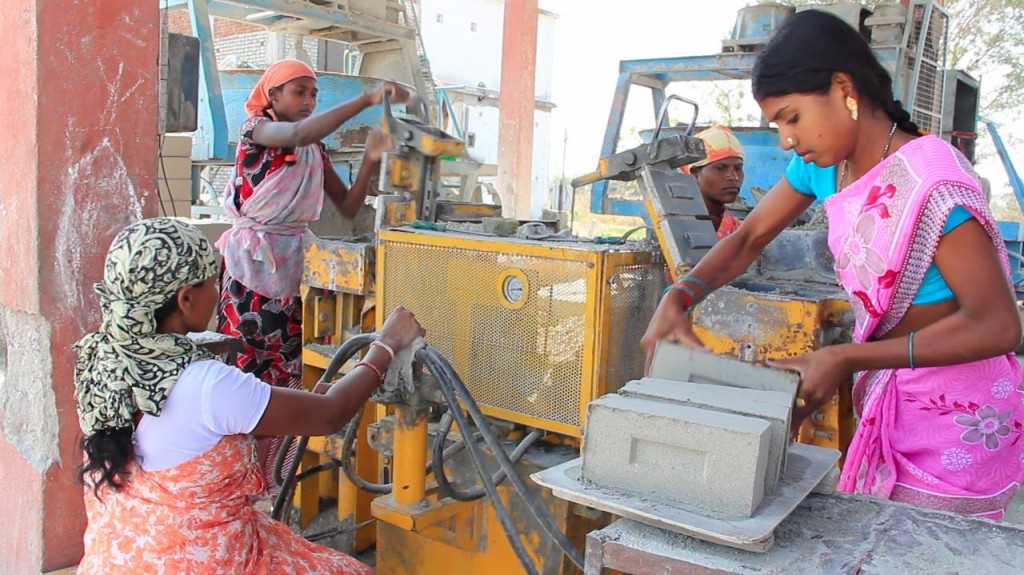Empowering Entrepreneurial Space to Go Green and Become Inclusive
Circular economy is an evolution of findings of the Limits to Growth theorists. It challenges the linear take, make and dispose model of industrial production, seeking to decouple economic growth from resource use. It has recently gained significant traction, particularly in the global business community and advanced economies – as they begin to confront increasing resource scarcity and price volatility.
Circular economy is now transforming from a predominantly business-centred model to a broader public discourse. The World Economic Forum Report, 2014 defines the circular economy as a new industrial system that is restorative or regenerative by design; replaces the concept of end-of-life with restoration; is sustained by renewable energy; eliminates the use of toxic chemicals; and designs out waste through the improved design of materials, product systems and business models.
Unlike advanced economies, where the circular economy is seen as a new model emerging sometime in the early 1970s, circularity is already a familiar concept and practice in India (and many other developing countries). The Indian cultural psyche is premised on a world view where human beings are “part of a well-ordered system in which all aspects of life and nature have their place, and are not in opposition, but in harmony with each other. This harmony is integral to the human tradition and ethos”.
Culturally, Indians are inclined towards need-based consumption, with an ingrained sense of responsibility avoiding waste and propagating respect for life. Simple sustainable consumption values (such as switching off unwanted appliances), are imbibed in homes and schools from a young age. Further, the circular concept of repair, reuse and recycle is deeply embedded in India, where there is a thriving informal recycling network with a strong door to door collection system, as well as forward linkages to the recycling industry. Newspapers, plastic, metals, woollens, cartons and electronic products are recycled extensively.
However, with respect to the already emerging technological advancements in manufacturing, India could risk falling behind its global counterparts. Circular economy is a simple yet powerful discourse. It questions the soundness and practicality of the business-as-usual approach, exposing how waste lies at the core of the conventional business model; not merely wasted resources or rubbish, but underutilised assets and short product lifecycles. However, while many leading advocates are excited about the potential of circular economy, emerging economies and developing countries must position this opportunity within the broader principle of sustainable development.
Encouragingly, the next generation of industry, green and social entrepreneurs are well and truly beginning to emerge in the Indian start up space. Moreover, they are offering progressive new business models that arguably foster green and inclusive growth. However, this new breed of innovators need continuous support for a while at-least with respect to finance, technology, market and capacity building in order to upscale their green business activity and to ensure employment generation in the country.
Moreover, while the recently released strategy on ‘Resource Efficiency’ may enable the shifting of resource efficient style manufacturing operations in India, it is questionable whether the proliferation of giant smart factories in India will substantively promote the human angle of sustainable development. No doubt they are economically and environmentally efficient models of production, but they are not expected to deliver substantial opportunities in terms of employment generation in a country whose labour force growth is exceeding its employment growth. (Ministry of Finance, 2016, Vol I, 8)
In the given scenario, a need arises for policy makers to extend their focus on economically viable, technically feasible and sustainable alternative sources of livelihood for the growing population needs of the country; and micro, small and medium enterprises though have not been such a major long-term driver of job creation in India in the past, but has the potential to provide employment to the massive share of population in the future with right policy interventions. According to FICCI’s estimates, the sector provides employment to almost 60 million people mostly in the rural areas of the country– making it the largest source of employment after the agriculture sector. Therefore development of green enterprises holds key to resource resilient and inclusive growth path for a sustainable future.
Shruti Issar
sissar@devalt.org
The views expressed in the article are those of the author’s and not necessarily those of Development Alternatives.




Leave a Reply